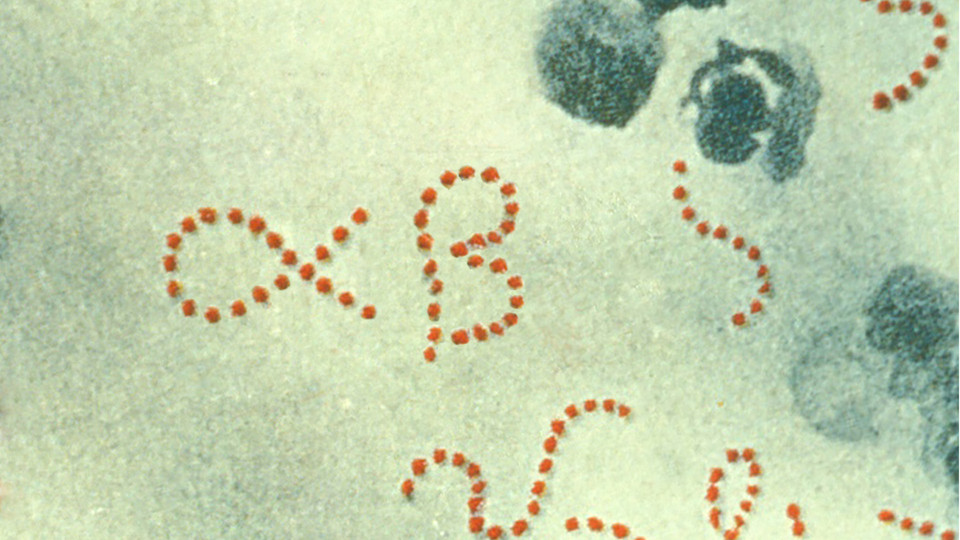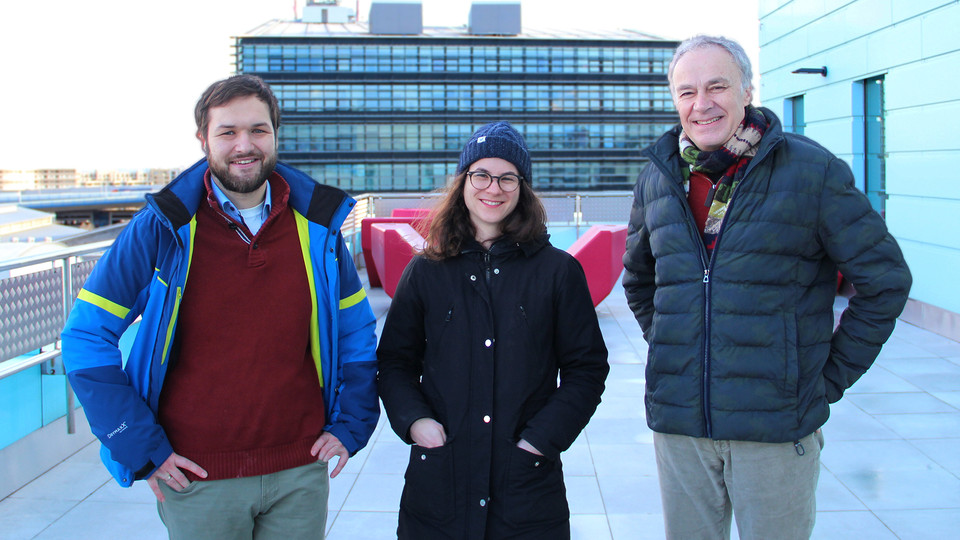

Our immune system efficiently protects us against pathogens we are exposed to on a daily basis. Protection against infection is mediated by both resistance and tolerance. Resistance mechanisms drive the elimination of the pathogen, while tolerance mechanisms limit tissue damage and restore homeostasis. IL-1α and IL-1β are highly conserved in mammals, but have limited similarity with each other. “It is surprising that, despite their obvious differences, specific roles in infection have not previously been discovered”, says group leader Pavel Kovarik. “Given that they bind the same receptor, and based on experience, it was anticipated that they have similar functions. We can now show that they are not redundant, and have different functions in the context of infection”.
The scientists employed gene knockout models to investigate the functions of IL-1α and IL-1β in the context of infections with the bacterial pathogens Streptococcus pyogenes and Streptococcus pneumoniae. ”We can now show that IL-1β is essential for boosting the the production of neutrophils, leukocytes which are critically involved in the elimination of the pathogen. IL-1α, on the other hand, is dispensable for this process, but fine-tunes the immune response in distal organs, especially the liver”, explains Kevin Eislmayr. The liver is known to be a central hub for metabolic processes. The scientists show that IL-1α reprograms liver metabolic pathways associated with tolerance and protecting tissue from damage during infection.
A key question the research group will now focus on is how exactly the activity of the cytokines is restricted to specific tissues. Since both cytokines activate the same cellular receptor, the researchers propose that their impacts are governed by different expression levels and bioavailability in the respective tissue. “One possibility is that these cytokines act only locally due to protease-mediated inactivation or other neutralizing mechanisms”, says Pavel Kovarik. The researchers’ findings likely also have broader implications. Compounds that antagonize the IL-1 response are used in the treatment of inflammatory disorders such as rheumatoid arthritis. “We hope that our findings will trigger further research on the specific functions of IL-1α and IL-1β in human diseases”, says Pavel Kovarik. “This has the potential to improve the stratification of patients, design targeted therapeutics, and develop personalized treatment strategies”.
Publication:
Kevin Eislmayr, Annika Bestehorn, Luisa Morelli, Martina Borroni, Lieselotte Vande Walle, Mohamed Lamkanfi and Pavel Kovarik: Non-redundancy of IL-1α and IL-1β is defined by distinct regulation of tissues orchestrating resistance versus tolerance to infection. Science Advances 2022
https://doi.org/10.1126/sciadv.abj7293